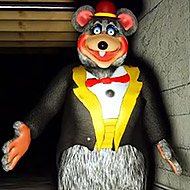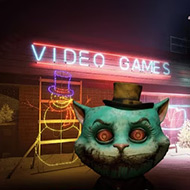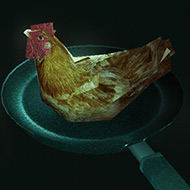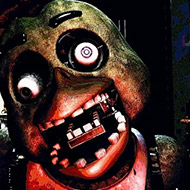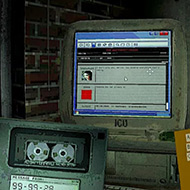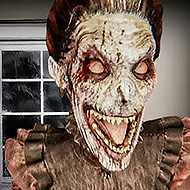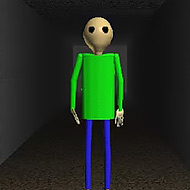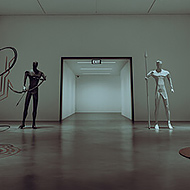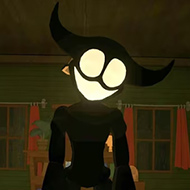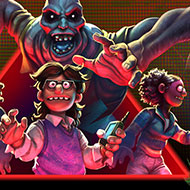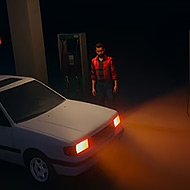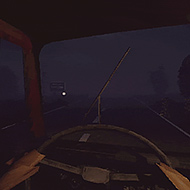Night Shift at Chuck E. Cheese throws you into the heart of a hauntingly quiet pizza restaurant, where a harmless security job transforms into a battle of nerves. As the player, you sit confined to a control room, surrounded by dated monitors and limited power, while iconic animatronic characters start behaving in ways they were never meant to. The objective is simple: survive the shift. The method? Much more complicated than it first appears.
The Setup and the Growing Threat
This game establishes its tension through simplicity. You’re given control over a security camera system, hallway lights, and door locks—all of which consume a rapidly depleting power meter. The trick is knowing when to act and when to wait. Chuck E. and his companions roam unpredictably, and their presence becomes increasingly difficult to track as each shift progresses.
- Power conservation is your top priority, especially on later shifts.
- Monitor carefully to avoid overusing lights and doors.
- Respond immediately to hallway threats, or face the consequences.
Each Shift Raises the Stakes
What begins as a manageable task quickly escalates into chaos. Animatronics begin with slower, more predictable movement patterns—but after Night 2, all rules change. They start switching paths, disabling cameras, and even timing their approaches to overlap. Surviving later nights requires more than reflexes. It demands strategy, mental endurance, and an ability to adapt on the fly.
- Night 1: Focus on understanding camera layout and light usage.
- Night 2–3: Begin tracking movement patterns and hallway audio.
- Night 4+: Multiple animatronics appear simultaneously, forcing split-second decisions.
Behavior Patterns and Winning Techniques
While the game appears basic, players soon realize it hides more beneath the surface. Each animatronic behaves differently. Chuck E. may approach slowly, giving audio warnings, while others rush without sound. The key to survival lies in adapting to those nuances. Overusing the lights or reacting too soon can leave you powerless near the end of the shift. Expert players often find success by combining audio cues with a rotating camera-check system designed to limit unnecessary power usage.
- Track by sound first, then verify visually only if necessary.
- Rotate camera views every 10–15 seconds instead of rapid switching.
- Time door closures to coincide with confirmed threats only.
Night Shift at Chuck E. Cheese blends strategy with stress in a way that rewards calm under pressure. The longer you play, the more each mechanic starts to feel second nature—but the margin for error remains razor-thin. If you’re looking for a tense survival game that challenges your timing and logic, this one delivers it night after night.














































